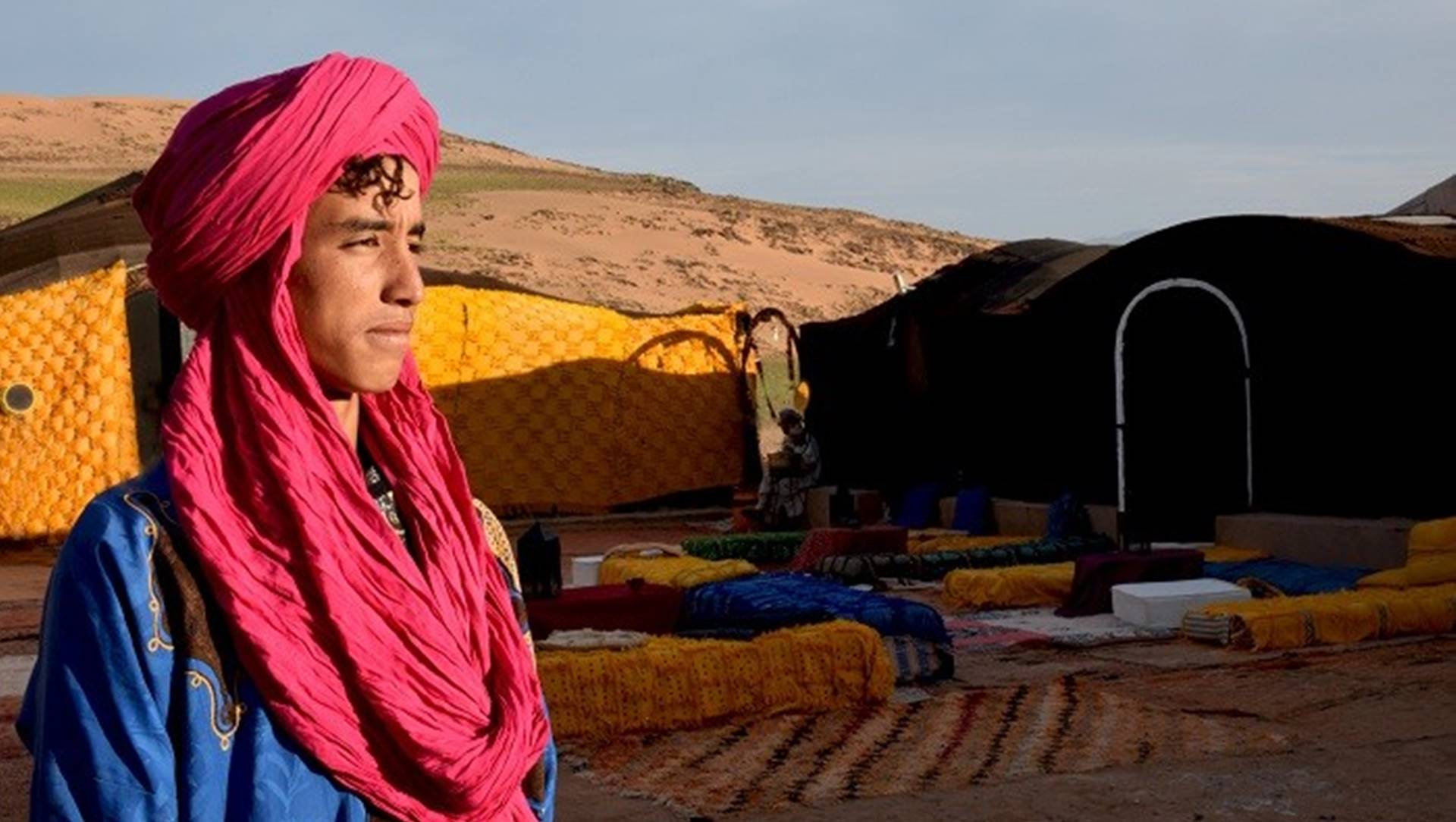Although in Morocco, the real desert with sand dunes starts almost seven hundred kilometers east and northeast of Marrakech, near Merzouga …
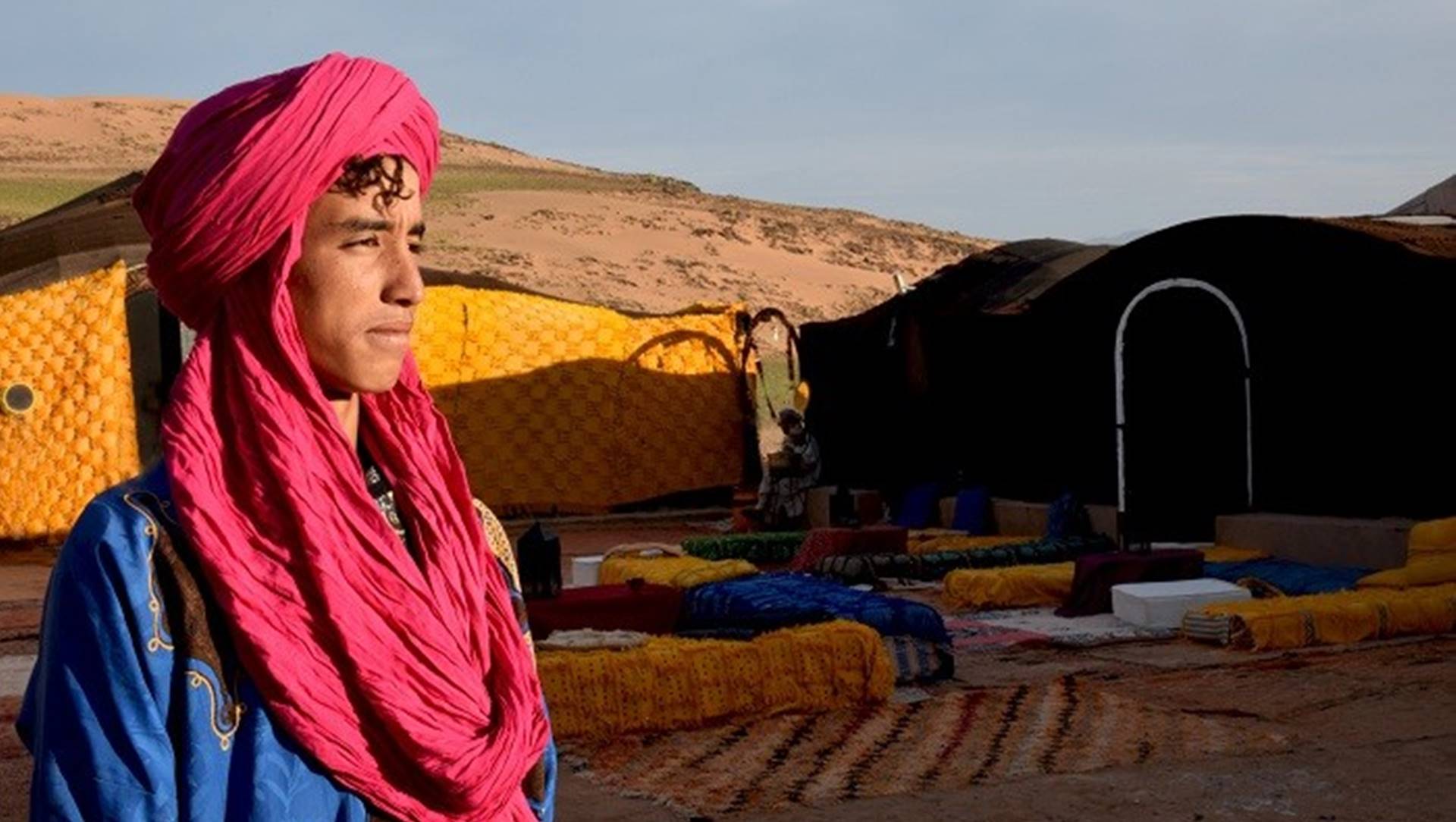
… At Merzouga, which can be reached by road for two days, we set off to visit its part twice as close to the kilometer, near the town of Zagora.
Both Merzouga in the north and Zagora, a little further south, are 30 kilometers from the border with Algeria, with which Morocco has no diplomatic relations due to political disagreements over the territory of Western Sahara, and the borders between the two countries are closed.
Part of eastern Morocco is predominantly a rocky desert. The long road to the edge of the desert leads through the wreath of the High Atlas, the green mountains of northwestern Africa, with pine and eucalyptus forests in the lower, western parts.
Onoda: The man who hid in the jungle for 30 years
As you climb, the trees gradually disappear from the landscape, and the lifeless, olive-gray land dominates the landscape. Located between the Wreaths of the Middle and Anti Atlas, the High Atlas is one of three mountain ranges that follow the eastern borders of Morocco, and form an invisible border between the Atlantic and fertile plains in the west, and desert landscapes in the east.
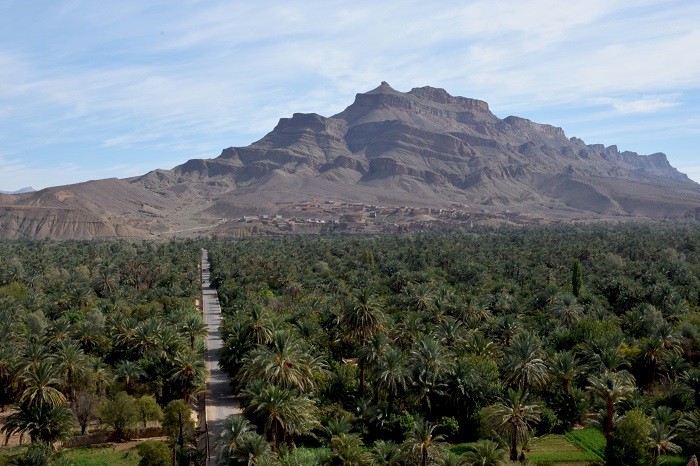
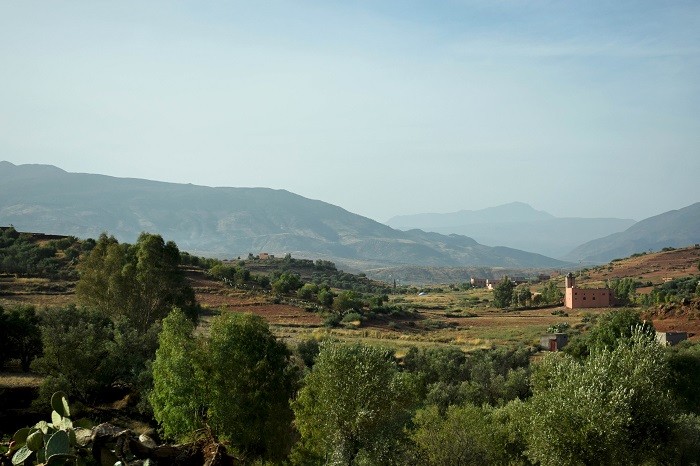
The High Atlas Massif, with the second-highest peak in Africa after Kilimanjaro – named Toubkal (4165 m) is located in central Morocco and is famous for its serpentines on the highest mountain pass of the sympathetic name of Berber origin – Tizi n ‘Ticka (2260 m).
In 1942, the last Berber lion in Morocco was killed in this part of the country. Thus ingloriously ended his extermination in North Africa, which began during the period of the Roman Empire – for the needs of gladiator fights with animals, in the Roman Colosseum.
After several hours of driving along with mountainous landscapes, the road gradually begins to descend, and the landscape becomes more and more like a desert.
The blue men of the Sahara (Photo-Gallery)
At first, only shyly, with the vegetation of green cacti on the bright brown-red earth, and the half-dried streams on the banks of which local Berbers wash carpets and beat clothes on the rocks, in order to squeeze out dust and dirt.
The majority of the population in this part of the country for centuries has been Berbers – the natives of North Africa. Out of a total of 33.5 million inhabitants of Morocco, 12 million Berbers today make up slightly more than a third of the population, which is why at the beginning of the 21st century, Berber became the second official language of Morocco, apart from Arabic.
Apart from the darker roads, the local Berbers differ from the Arabs at first sight in their clothes, which are more colorful and brightly colored, with long kaftans with a pointed hood – an integral part of men’s clothing.

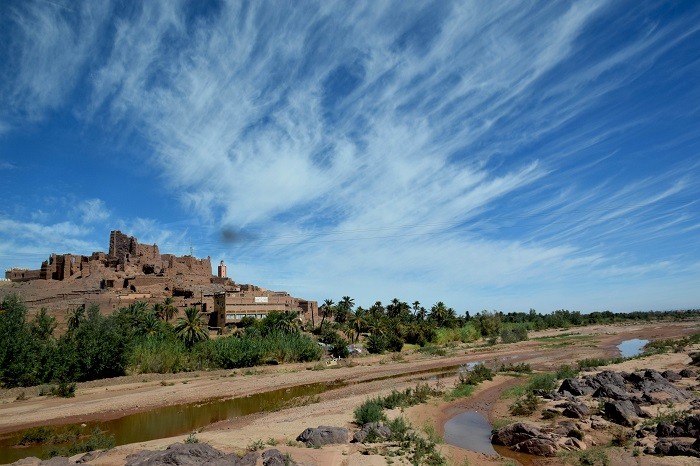
After an hour of driving along the valley of the green river Draa, where the largest plantations of large, golden-brown dates are located in Morocco, we arrive in Zagora in the early evening.
On the outskirts of the town, near the traditional houses like ocher fortresses in front of which local children play football in the sand, we stop at a textile shop and buy scarves that the seller – Berberine, immediately sets up the way they and the Tuaregs wear in caravans through the desert.
(VIDEO/PHOTO) Incredible Ottoman-era Bird Palaces That Show How Many Turkish People Loved Birds
We return to the van, which, after a maximum of three or four kilometers of road that looks like it is not going anywhere, stops at the edge of the desert, at a place where completely different means of transport are waiting for us, sitting uninterestedly by the road.
We take the ranches and wait for the Berbers to deploy us, assigning each one a camel, and we sit on the desert boats which, after a little less than an hour of rocking, finally bring us to our final destination.
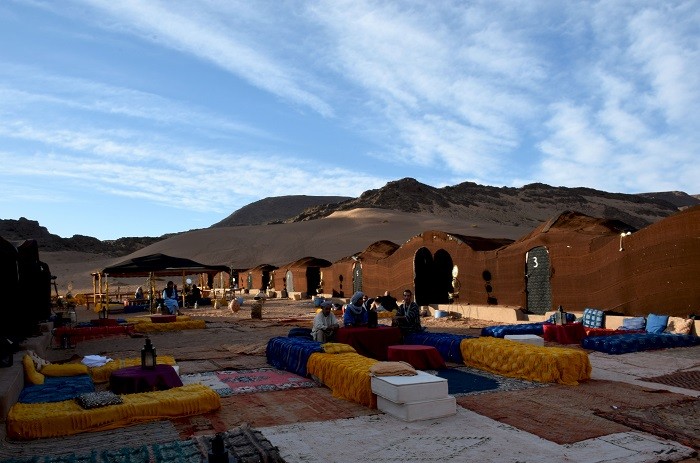
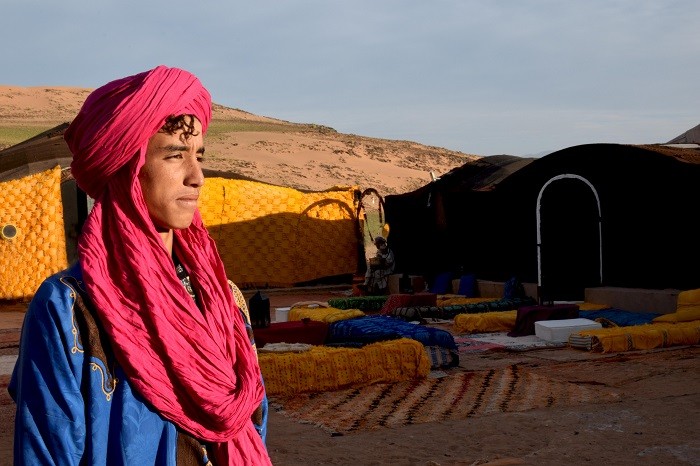
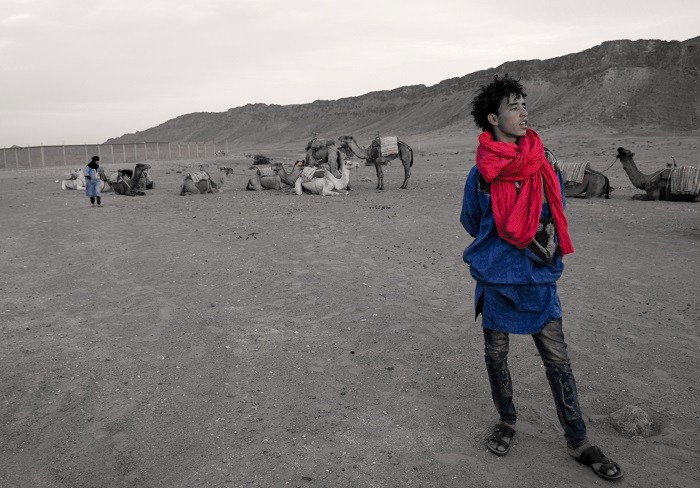
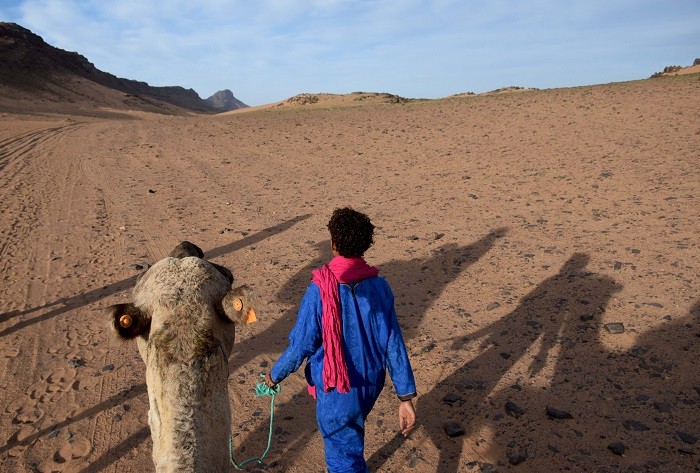
Twenty-year-old Mohamed, a barber with curly hair, a boyish face, and big eyes, is one of the few in charge of our group of ten people, and he has been doing this job for a long time. His family has been living a nomadic life for generations, which is why Mohammed has only completed three grades of school.
He taught school in Arabic, a few years before Berber (Tamazight-Amazigh) officially became the second official language of Morocco, and entered the school curriculum.
For what he wants to do, he believes that he does not need more than three grades of school. However, Mohamed has an Instagram profile on which he carefully posts his photos – those taken by many foreigners while staying at the camp where he works, in the desert.
NEW! Archaeologists unearth a ‘huge number’ of sealed Egyptian sarcophagi
Mohammed’s indigo blue galabiya, and bright cyclamen scarves in addition to the robe, make a perfect contrast to the light ocher colors of the Saharan dunes.
Kamila Rahmon – his companion, whom he occasionally gently hugs and applauds, together with a dozen other animals in the caravan, took us from the main road near the town of Zagora to the base camp in the desert. An hour of swinging and swaying, with a transient inflammation of the groin muscles, is part of the folklore offered to tourists on arrival at the camp in the early evening and the next morning, on the way back to the main road.
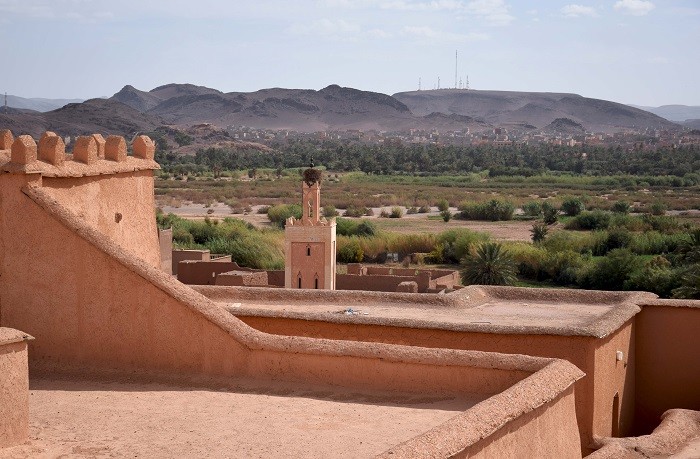

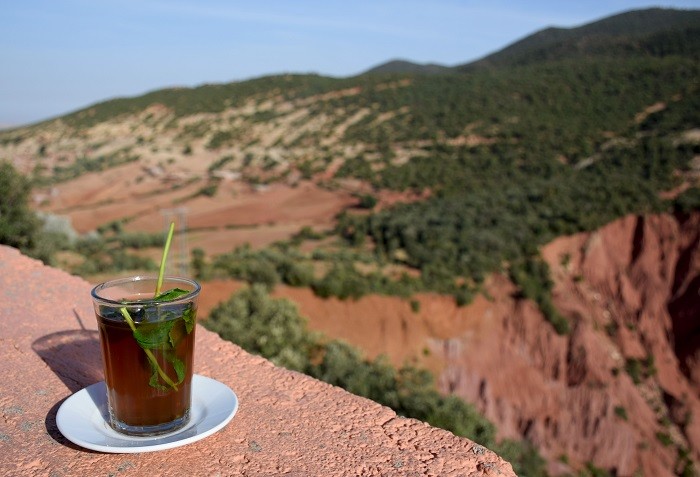
Near Zagora, in the part of the rocky desert, there are only a few large sand dunes where enterprising locals set up two base camps with tents and hired nomads – Moroccan Berbers to host tourists.
Visitors to the camp usually stay for one night, after which they return to civilization. Around the camp, there are about thirty spacious, slightly raised tents from the ground – with a solid, wooden floor, simple beds, and a light bulb on a wire hanging inside the tent.
In the central part of the camp, between two rows of tents, in the sand completely covered with carpets, there are large colorful pillows for admiration and low wooden tables as if created for drinking coffee and Moroccan tea with fresh mint leaves.
In the evening, when complete darkness reigns in these areas and the only light is a flock of stars in the sky, the Berbers light a campfire in the center of the camp and sing Berber songs with traditional instruments and drum sounds.
The echo of Berber music sounds sad in the distance, from the top of a sand dune where we bravely and in the pitch dark set off just before midnight, treading on deep sand towards the only source of light – the outlines of rocky peaks of sand dunes illuminated by the crescent.
The ascent on extremely steep terrain – where the depth of the sand drastically slows down the walk and enters the shoes, is quite demanding and many give up. We repeated this endeavor around half past six in the morning, in order to observe the sunrise over the edges of the Sahara and our camp, at the foot, from the top of the neighboring dune.
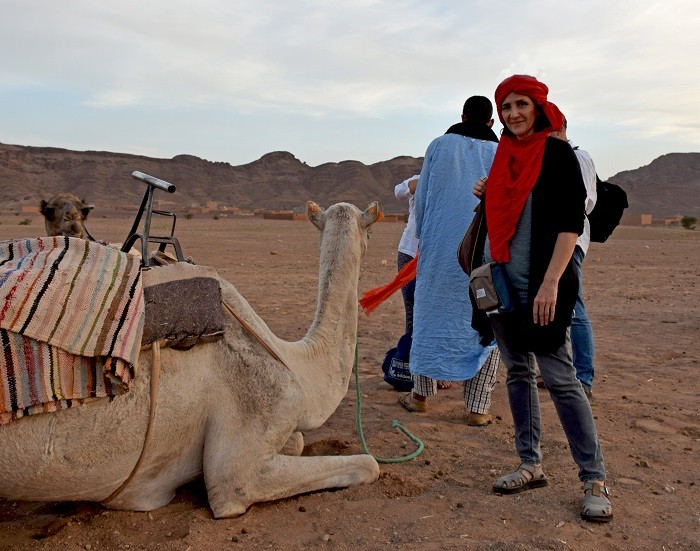
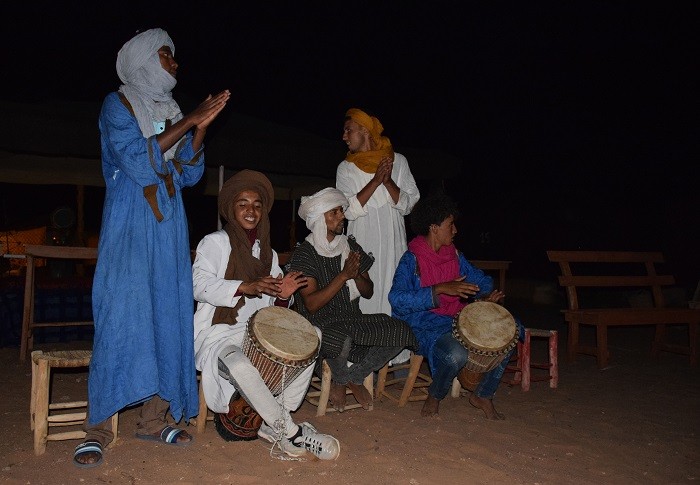
In addition to thirty or so tents lined up in parallel in two rows – opposite each other, the horseshoe-shaped end of the desert camp is closed transversely by two larger tents – the largest, with dining tables, and slightly smaller – with comfortable pillows on which Berbers sleep.
At the entrance to their tent, there is the only place in the camp – and miles in a circle, with an extension cord and four sockets where the batteries of the camera and phone can be charged, about fifty tourists and Berbers, who stay here every night.
When the barber music dies down just before midnight and the campfire goes out, the night in the camp is quiet and starry. It is warm at first, then it gets cold. As the night goes on, instead of a thin sheet – two more blankets are darker. Good night – teams win, in Berber.
Napomena o autorskim pravima: Dozvoljeno preuzimanje sadržaja isključivo uz navođenje linka prema stranici našeg portala sa koje je sadržaj preuzet. Stavovi izraženi u ovom tekstu autorovi su i ne odražavaju nužno uredničku politiku The Balkantimes Press.
Copyright Notice: It is allowed to download the content only by providing a link to the page of our portal from which the content was downloaded. The views expressed in this text are those of the authors and do not necessarily reflect the editorial policies of The Balkantimes Press.

